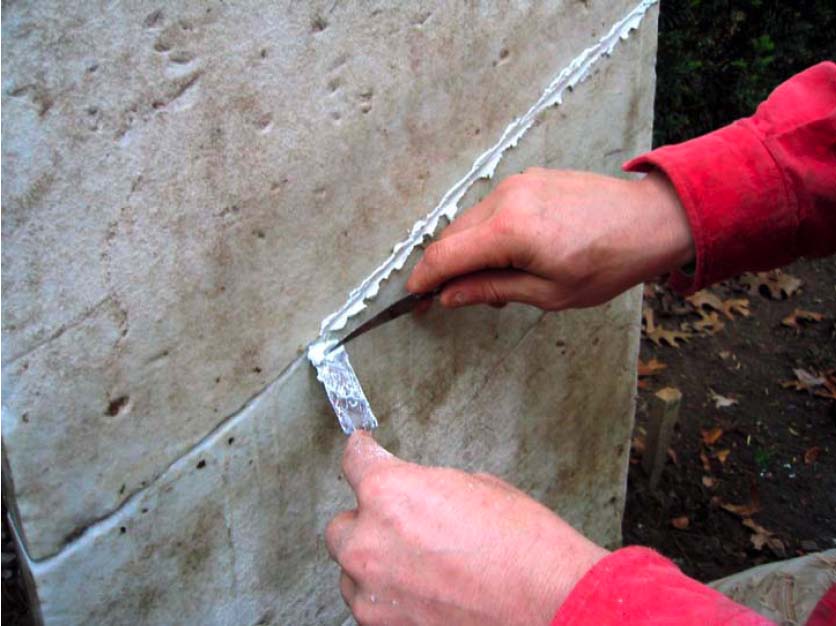Standards of Practice
The goal of the cemetery conservator is to preserve both the substance and significance of funerary monuments. Because of the physical proximity of the visitor to the artifacts, cemetery conservation procedures demand closer tolerances of color and texture than are generally enforced in the related field of architectural historic preservation. They require the collaboration of the conservator and the historian/curator on ethical, technical and aesthetic considerations, especially with regard to issues of the restoration of inscriptions and decoration.
In general, cemetery conservators have, in the recent years, been moving toward a “conserve as found” approach, emphasizing the preservation of monuments via materials and methods that are dedicated to retarding environmental processes of decay.
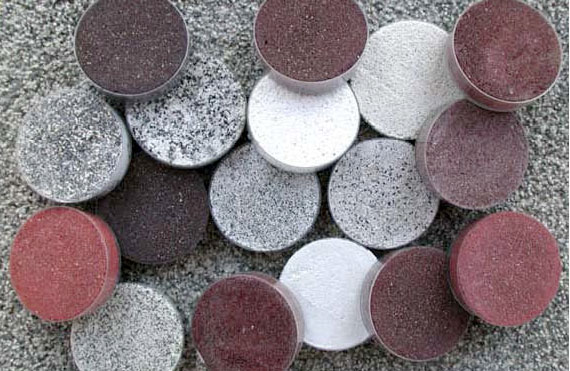
The color and texture of all composites used to fill cracks and losses are matched to that of adjacent unsoiled stone. For marbles, fine cracks are filled with an integrally colored cement/lime-based formulation. Larger areas of loss are filled with Jahn™ Mortars or with a marble-based repair composite designed to match weathered surfaces.
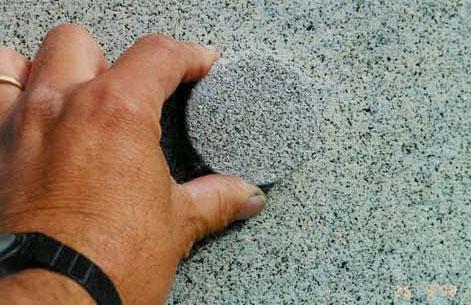
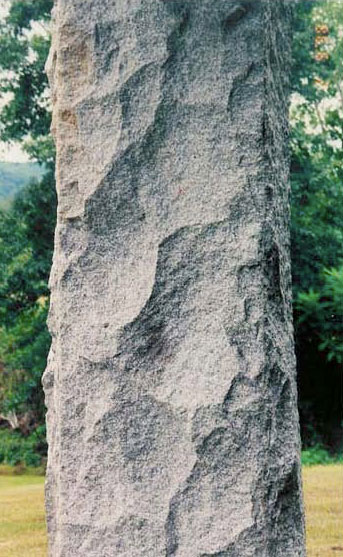
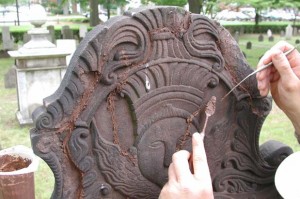

After the adhesive has cured, the crack is filled with a Replical crack filler. The excess is removed and the filled area is kept moist for 3 days. The filled areas are then treated with a light acid wash to remove any excess cementitious material and expose the matching aggregate in the fill.


